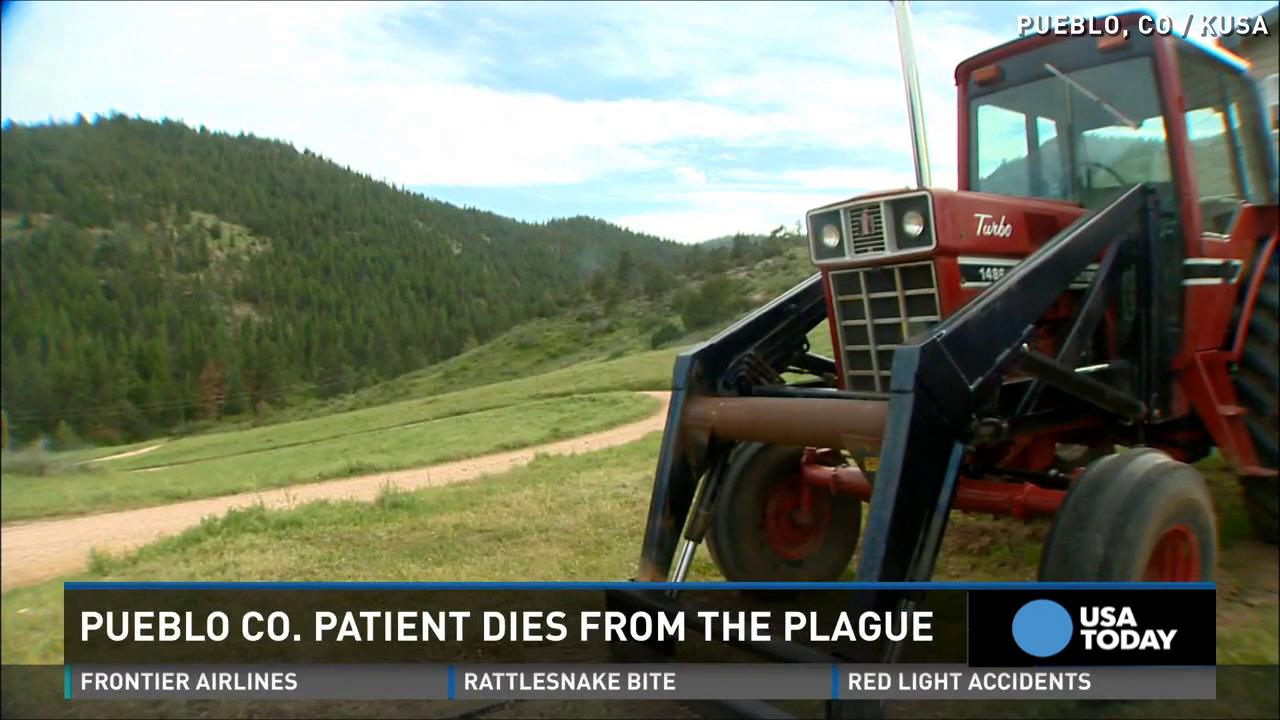Case Overview: Colorado Plague Case
Colorado plague case – In July 2022, a resident of Larimer County, Colorado, was diagnosed with the plague, marking the first human case in the state in over a decade. The patient, a 62-year-old man, had been experiencing flu-like symptoms for several days before seeking medical attention.
The Colorado plague case sent shockwaves through the nation, reminding us of the ever-present threat of this deadly disease. While some may have heard of the bubonic plague through Fox News’s coverage, the Colorado case highlights the need for continued vigilance against this ancient scourge.
Upon examination, the patient presented with swollen lymph nodes, fever, and chills. Laboratory tests confirmed the presence of Yersinia pestis, the bacterium that causes the plague. The patient was immediately hospitalized and treated with antibiotics.
The Colorado plague case, a grim reminder of the lurking dangers in the wilderness, has sent shockwaves through the medical community. Yet, amidst the somber news, there’s a glimmer of hope. Like the legendary Tigres Necaxa tigres necaxa , known for their tenacity and fighting spirit, the medical teams are battling tirelessly against the plague.
Their determination echoes the resilience of those who survived the darkest hours of the disease.
Public Health Response
Following the diagnosis, public health officials conducted an investigation to determine the source of the infection. They identified that the patient had recently spent time in an area where rodents were known to carry the plague. As a precautionary measure, health officials placed traps in the area to capture and test rodents for the presence of the bacteria.
Additionally, health officials advised residents in the affected area to take precautions to avoid exposure to rodents and fleas, such as wearing long sleeves and pants when outdoors, using insect repellent, and sealing up any holes or cracks in their homes.
Plague Transmission and Prevention

The plague is a serious bacterial infection that can be transmitted to humans in several ways. Understanding these transmission routes and taking preventive measures is crucial to minimizing the risk of infection.
The primary mode of transmission is through the bite of an infected flea. Fleas become infected by feeding on the blood of rodents carrying the plague bacteria, Yersinia pestis. When an infected flea bites a human, the bacteria can enter the skin and cause infection.
Role of Rodents and Fleas
Rodents, particularly rats, play a significant role in the transmission cycle of the plague. They serve as reservoirs for the plague bacteria and provide a food source for fleas. Infected rodents shed the bacteria in their feces, urine, and saliva, contaminating their surroundings and creating favorable conditions for flea infestation.
Fleas, in turn, become infected by feeding on the blood of infected rodents. The bacteria multiplies within the flea’s digestive system, eventually blocking the flea’s gut and causing it to regurgitate the bacteria while feeding on a new host. This regurgitation can transmit the plague bacteria to humans through the bite wound.
Prevention Recommendations
- Avoid contact with rodents and fleas: Seal up holes and cracks in homes and buildings to prevent rodents from entering. Keep pets away from rodents and fleas by using flea and tick control products.
- Practice good hygiene: Wash hands frequently with soap and water, especially after handling animals or being outdoors in areas where rodents are present.
- Wear protective clothing: When working in areas with potential rodent or flea exposure, wear long pants, long sleeves, and gloves to minimize the risk of bites.
- Use insect repellent: Apply insect repellent containing DEET or picaridin to skin and clothing when outdoors in areas where fleas may be present.
- Seek medical attention promptly: If you experience symptoms of the plague, such as fever, chills, headache, and swollen lymph nodes, seek medical attention immediately.
Historical Context and Significance
The plague has a long and devastating history in Colorado and the United States. The first recorded outbreak in the state occurred in 1908, when 11 people died from the disease. Since then, there have been several other outbreaks, including a major outbreak in the 1940s that killed over 100 people.
The current case of plague in Colorado is the first reported in the state since 2015. It is also the first human case of plague in the United States since 2014. The case is a reminder that the plague is still a threat to public health, even in developed countries.
Comparison to Previous Plague Outbreaks
The current case of plague in Colorado is similar to previous outbreaks in terms of the symptoms and the way it was transmitted. However, there are some important differences. One difference is that the current case is the first reported in the state since 2015. Another difference is that the current case is the first human case of plague in the United States since 2014.
Significance of the Case, Colorado plague case
The current case of plague in Colorado is significant for several reasons. First, it is a reminder that the plague is still a threat to public health, even in developed countries. Second, the case highlights the importance of early diagnosis and treatment of plague. Third, the case provides an opportunity for scientists to study the plague and develop new ways to prevent and treat it.

